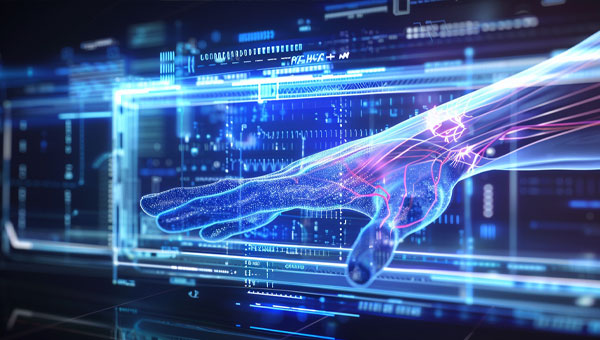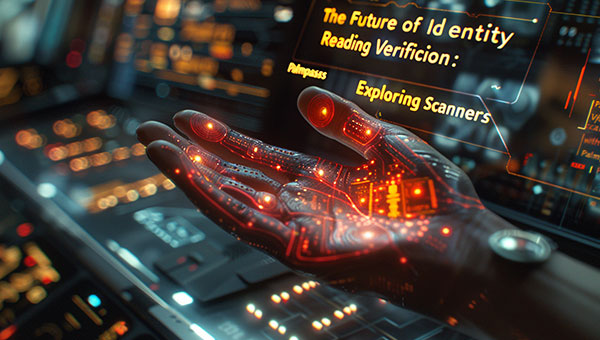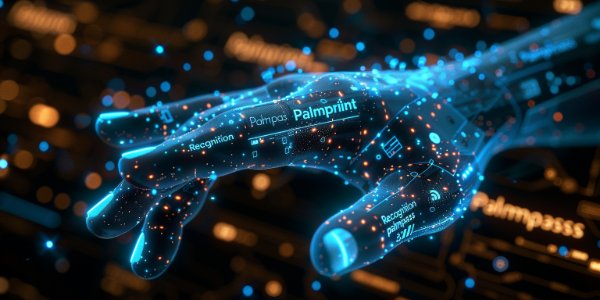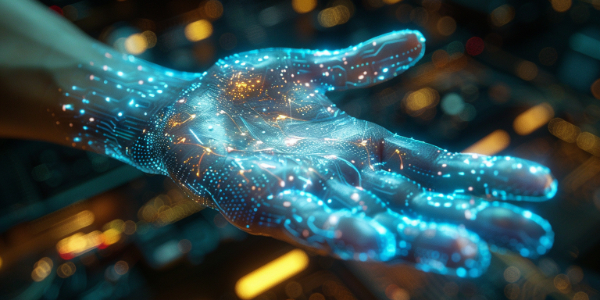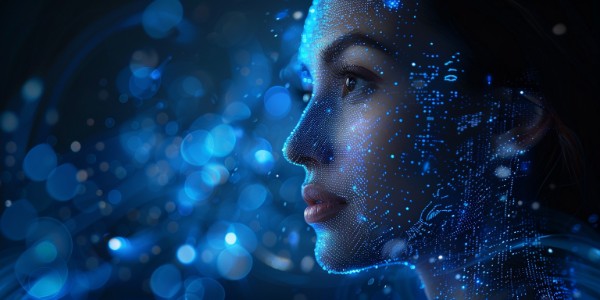Biometric Images
Biometric images are digital representations of unique biological traits used for identification and verification in various applications such as security, healthcare, and consumer electronics, while posing challenges related to privacy, accuracy, and ethical considerations.
Biometric images are digital representations of unique biological traits used for personal identification and verification. These images are essential components in biometric systems, which have become increasingly prevalent in various sectors such as security, healthcare, and consumer electronics.

Types of Biometric Images
Captured using fingerprint scanners, these images showcase the unique patterns of ridges and valleys on a person’s fingertip.
Widely used in smartphones, law enforcement, and access control systems.
Facial Recognition Images:
These images are taken by cameras and analyzed for distinct facial features like the distance between the eyes, nose shape, and jawline.
Commonly used in smartphones (e.g., Face ID), surveillance systems, and airport security.
Iris and Retina Images:
Iris recognition involves capturing detailed images of the eye's colored ring, while retina scans focus on the unique pattern of blood vessels in the retina.
Known for high accuracy, they are used in secure access environments and some governmental applications.
Palm Print and Palm Vein Images:
Palm print recognition uses images of the patterns on the palm, while palm vein recognition captures the vein patterns under the skin using near-infrared light.
Used in secure financial transactions and identity verification systems.
Voice Recognition:
Though not an image, voice recognition analyzes vocal patterns to authenticate individuals.
Integrated into virtual assistants, customer service systems, and secure access protocols.
How Biometric Images are Captured
Scanners and Cameras:
Specialized devices like fingerprint scanners, high-resolution cameras, and iris scanners are used to capture biometric images.
These devices often come with software to enhance image quality and ensure accuracy.
Preprocessing:
Captured images undergo preprocessing to remove noise, enhance features, and normalize conditions (e.g., lighting, angle).
Techniques include filtering, edge detection, and histogram equalization.
Applications of Biometric Images
Security and Law Enforcement:
Used for identification and verification in criminal investigations, border control, and surveillance.
Helps in maintaining secure access to restricted areas and information.
Consumer Electronics:
Integrated into smartphones, laptops, and other devices for user authentication.
Enhances user convenience and security (e.g., unlocking devices, authorizing transactions).
Healthcare:
Used in patient identification, access control to medical records, and ensuring medication compliance.
Helps in maintaining accurate patient records and improving healthcare delivery.
Banking and Finance:
Ensures secure and convenient access to banking services and transactions.
Used in ATMs, online banking, and secure financial applications.
Challenges and Considerations
Privacy Concerns:
Collection and storage of biometric data raise significant privacy issues.
Ensuring data protection and compliance with regulations like GDPR is crucial.
Accuracy and Reliability:
Biometric systems must maintain high accuracy and reliability to avoid false positives and negatives.
Continuous improvement in algorithms and technology is needed to address these challenges.
Ethical and Legal Issues:
The use of biometric data must consider ethical implications and legal frameworks.
Transparency in how biometric data is used and stored is essential to maintain public trust.
Conclusion
Biometric images play a pivotal role in modern identification and security systems. As technology advances, the applications and reliability of biometric systems will continue to grow, offering enhanced security and convenience across various domains. However, it is vital to address privacy, accuracy, and ethical challenges to ensure the responsible use of biometric technology.




